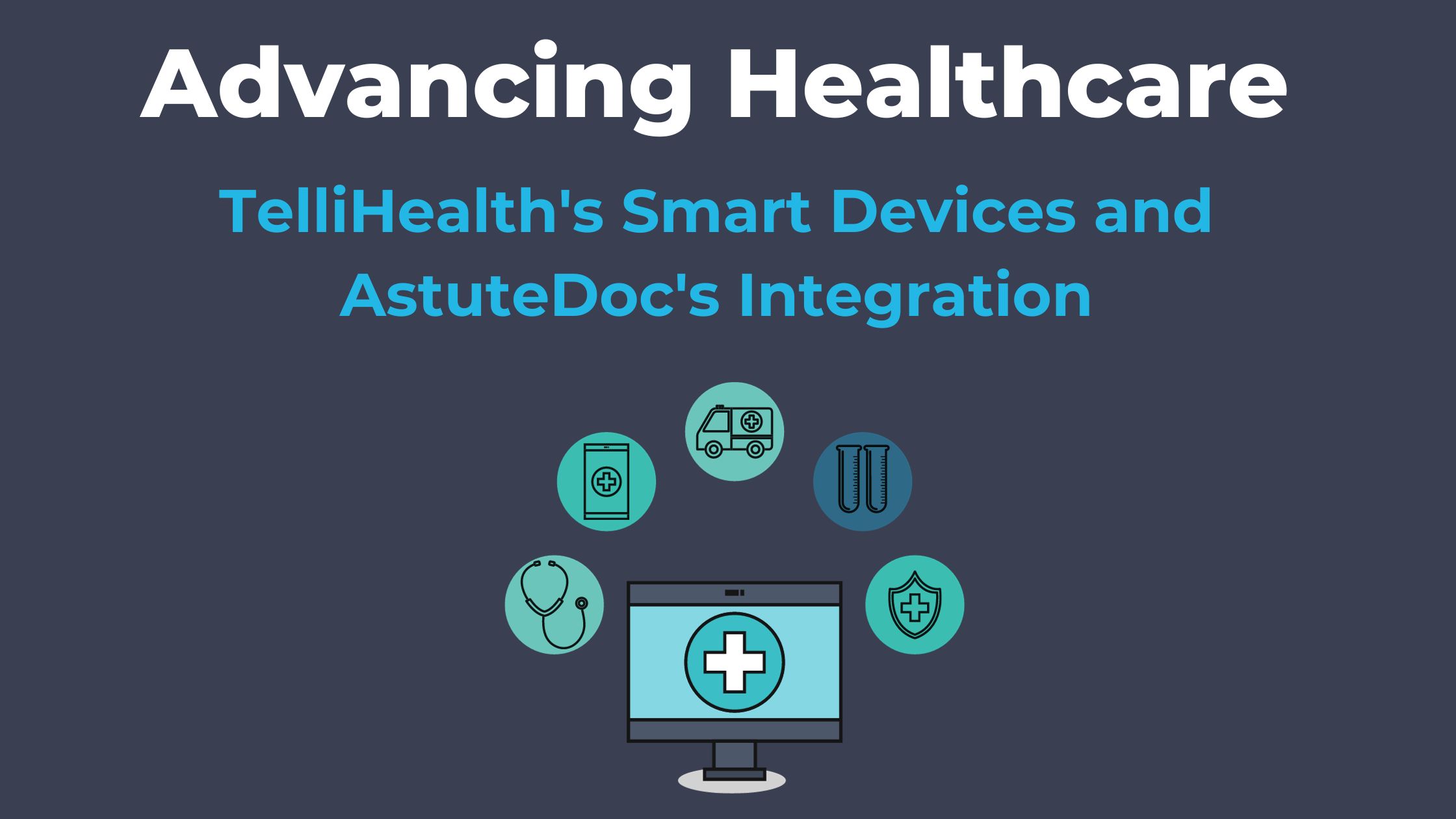Anxiety disorders, prevalent worldwide, necessitate precise and efficient screening tools. One instrument that has stood out in primary care and research settings alike is the Generalized Anxiety Disorder 7 (GAD-7). Let’s journey through its history, alternatives, and how platforms like AstuteDoc are revolutionizing its application.
A Brief History of the GAD-7
Developed by Drs. Robert L. Spitzer, Janet B.W. Williams, Kurt Kroenke, and colleagues in 2006, the GAD-7 emerged as a response to the necessity for a succinct and reliable tool to identify and measure the severity of generalized anxiety disorder (GAD). Rapidly, its applicability expanded beyond just GAD to encompass various anxiety disorders, given its comprehensive design.
Exploring Alternatives
Numerous tools are in play for anxiety screening:
- Hamilton Anxiety Rating Scale (HAM-A): Introduced in the 1950s, this clinician-rated scale encompasses 14 items. While meticulous, it necessitates a trained professional for administration, which may not always be feasible.
- State-Trait Anxiety Inventory (STAI): Comprising 40 questions, STAI dissects anxiety into ‘state’ (temporary condition) and ‘trait’ (general tendency). Though comprehensive, its length can induce respondent fatigue.
- Beck Anxiety Inventory (BAI): Conceived by the same mind behind the BDI, the BAI focuses on the somatic symptoms of anxiety. While useful, its narrow lens makes it less universal than the GAD-7.
Why GAD-7 Reigns Supreme
While each tool holds merit, the GAD-7’s prominence arises from:
- Conciseness: With just seven questions, the GAD-7 offers quick yet thorough assessments, beneficial in fast-paced clinical settings.
- Versatility: Beyond diagnosing GAD, it aids in gauging severity and evaluating treatment outcomes, rendering it multifunctional.
- Universality: Being symptom-focused, the GAD-7’s applicability isn’t just confined to GAD but spans various anxiety disorders, making it a one-size-fits-all solution.
AstuteDoc and the GAD-7: A Modern Evolution
AstuteDoc recognizes the GAD-7’s prowess and brings it into the 21st century with automation. Automated assessments ensure standardized, efficient screenings, reducing manual input errors and enhancing patient engagement. Plus, with AstuteDoc, tracking anxiety progress becomes seamless, equipping clinicians with a holistic patient view.
In Summary
In the complex landscape of anxiety assessment, the GAD-7 has proven its mettle. Its blend of simplicity and comprehensiveness sets it apart, and in the digital age, AstuteDoc further amplifies its potential, offering clinicians an advanced tool to tackle anxiety disorders head-on.
GAD-7: A Deep Dive Into Anxiety Screening
Anxiety disorders, prevalent worldwide, necessitate precise and efficient screening tools. One instrument that has stood out in primary care and research settings alike is the Generalized Anxiety Disorder 7 (GAD-7). Let’s journey through its history, alternatives, and how platforms like AstuteDoc are revolutionizing its application.
A Brief History of the GAD-7
Developed by Drs. Robert L. Spitzer, Janet B.W. Williams, Kurt Kroenke, and colleagues in 2006, the GAD-7 emerged as a response to the necessity for a succinct and reliable tool to identify and measure the severity of generalized anxiety disorder (GAD). Rapidly, its applicability expanded beyond just GAD to encompass various anxiety disorders, given its comprehensive design.
Exploring Alternatives
Numerous tools are in play for anxiety screening:
- Hamilton Anxiety Rating Scale (HAM-A): Introduced in the 1950s, this clinician-rated scale encompasses 14 items. While meticulous, it necessitates a trained professional for administration, which may not always be feasible.
- State-Trait Anxiety Inventory (STAI): Comprising 40 questions, STAI dissects anxiety into ‘state’ (temporary condition) and ‘trait’ (general tendency). Though comprehensive, its length can induce respondent fatigue.
- Beck Anxiety Inventory (BAI): Conceived by the same mind behind the BDI, the BAI focuses on the somatic symptoms of anxiety. While useful, its narrow lens makes it less universal than the GAD-7.
Why GAD-7 Reigns Supreme
While each tool holds merit, the GAD-7’s prominence arises from:
- Conciseness: With just seven questions, the GAD-7 offers quick yet thorough assessments, beneficial in fast-paced clinical settings.
- Versatility: Beyond diagnosing GAD, it aids in gauging severity and evaluating treatment outcomes, rendering it multifunctional.
- Universality: Being symptom-focused, the GAD-7’s applicability isn’t just confined to GAD but spans various anxiety disorders, making it a one-size-fits-all solution.
AstuteDoc and the GAD-7: A Modern Evolution
AstuteDoc recognizes the GAD-7’s prowess and brings it into the 21st century with automation. Automated assessments ensure standardized, efficient screenings, reducing manual input errors and enhancing patient engagement. Plus, with AstuteDoc, tracking anxiety progress becomes seamless, equipping clinicians with a holistic patient view.
In Summary
In the complex landscape of anxiety assessment, the GAD-7 has proven its mettle. Its blend of simplicity and comprehensiveness sets it apart, and in the digital age, AstuteDoc further amplifies its potential, offering clinicians an advanced tool to tackle anxiety disorders head-on.



